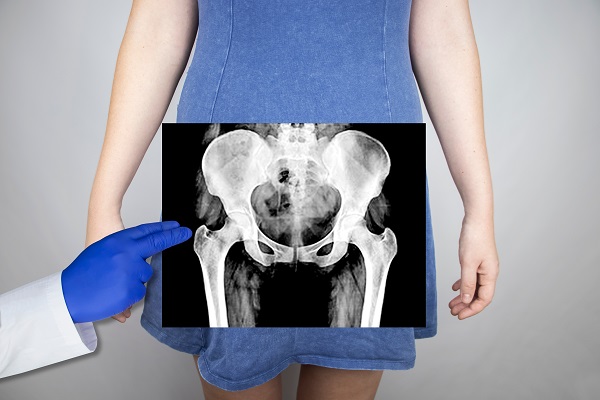Non-Surgical Hip Treatment: What Are Your Options?

For mild cases of hip discomfort, the doctor may recommend non-surgical hip treatment to resolve hip pain. These options are generally more conservative than complete hip replacement, which means patients can be up and running in no time. The risks of side effects or complications are also minimal. This article covers some of the non-surgical options for hip treatment.
Non-surgical hip treatment
Before recommending any treatment, the doctor will evaluate the patient’s condition and then explain the options compared to a hip replacement. The following are non-surgical hip treatment options:
Lifestyle adjustments
It is sometimes possible to cut down the stress on the hips by engaging in certain natural activities. This can include weight loss, standing or walking for only a short while, and using a cane to reduce the load on the hips. Before embarking on any weight loss program, it is advisable to meet with the doctor so they can develop an appropriate plan and supervise the process.
Exercise and physical therapy
Physical therapy can be incredibly helpful for patients experiencing hip pain. The therapy programs can address the effects of arthritis and take the weight stress off the body. Also, mild exercises are helpful for those dealing with arthritis. Walking, low-impact training, and riding a stationary bike can improve strength, mobility, and flexibility in the hip.
With the physical therapist’s guidance, patients can undergo resistance training with bands or other equipment to build the muscles necessary for hip support. It is advisable to do these exercises under the therapist’s supervision to get the best outcome. The therapist can develop a routine of flexibility and strength exercises after necessary evaluation to keep the patient pain-free and mobile.
Anti-inflammatory medications
Since arthritis pain is typically caused by inflammation around the hip joint, patients can get pain relief using over-the-counter non-steroidal anti-inflammatory drugs (NSAIDs). These are effective and work by limiting prostaglandins, which contribute to inflammation. However, the doctor may prescribe corticosteroids for people with severe arthritis or who have used NSAIDs without results. Corticosteroids are artificial medications that are similar to a natural hormone secreted by the adrenal glands. This medication alleviates inflammation by limiting the effects of the immune symptoms.
Injections
Sometimes, the doctor may administer corticosteroids by injection to reduce inflammation. The hip joint is injected directly and this approach can help minimize the side effects associated with oral corticosteroids. Patients can get the injections at intervals. A non-corticosteroid medication known as hyaluronan can also be administered to lubricate painful hip joints.
Assistive devices
Braces are now available for hip arthritis to reduce the load on the hip, alleviate pain, and improve stability. Assistive devices like canes or walkers can provide support and improve balance. A walker can bear half of a person’s weight, while a cane can support approximately 25 percent. It is better to talk to the doctor about getting the most suitable assistive device.
In conclusion
Hip issues are prevalent and affect patients of all ages. You can book an appointment to learn more about your non-surgical hip treatment options.
Get more information here: https://www.barbertotaljoint.com or call Matthew D. Barber, M.D. at (251) 410-3600
Check out what others are saying about our services on Yelp: Non-Surgical Hip Treatment in Mobile, AL.
Recent Posts
PRP is a form of regenerative medicine that uses a person's own blood to promote healing and relieve pain. The blood is drawn from the patient and then placed in a centrifuge to separate the platelets, which are rich in growth factors. The concentrated platelets are then injected back into the patient's body at the…
Due to the knee's large articulating surface and weight-bearing properties, it is no surprise that it is one of the most commonly injured joints. In fact, in the United States alone, knee pain accounts for over 1 million ER visits and more than 1.9 million primary care outpatient visits each year. The natural aging process causes…
Thousands of people undergo knee replacement per year in the United States. The doctor will replace the degenerating joint surfaces and bone pieces with metal and plastic implants for the process. The procedure is often recommended for those whose mobility or daily functions have been impeded due to knee issues. If you have been scheduled…
Every year, more than 600,000 Americans undergo knee replacements. By 2030, that number is expected to increase by nearly 200%. Knee replacement, also called knee arthroplasty, is a relatively common, cost-effective, and elective surgery for people suffering from knee osteoarthritis, rheumatoid arthritis, or a knee injury.Knee arthroplasty can give people a new lease on life…


